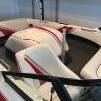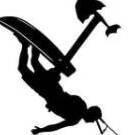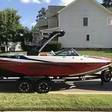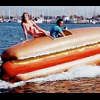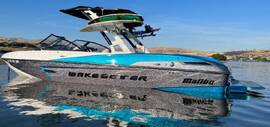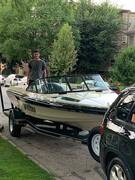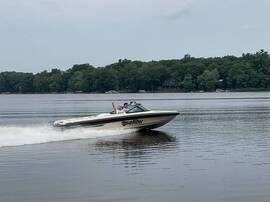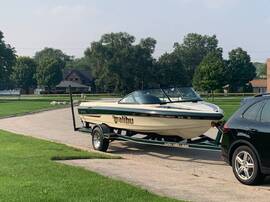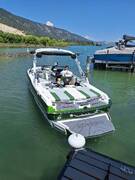Welcome to TheMalibuCrew!
As a guest, you are welcome to poke around and view the majority of the content that we have to offer, but in order to post, search, contact members, and get full use out of the website you will need to Register for an Account. It's free and it's easy, so don't hesitate to join the TheMalibuCrew Family today!
-
Recent Posts
-

amartin 342
I did all of it on my 2013. Only time it went back to the dealer was to trade it in. There are a few more items on the new boats that may or may not be a bit more complicated, i.e. coolant, fuel filter, etc. that I will take a crack at when the time comes. I am on a lift year round and try to avoid taking the boat out of the water unless I really need to... The biggest challenge is being enough of a contortionist to be able to reach all of the components. Doing it yourself saves $$$, but also time off of the water in my opinion.
Outside of the maintenance schedule, just looking around for problems. For example, a couple of years ago on my 2013 if felt a bit of a clunk / slop when checking to see that the prop / shaft was rotating freely (by hand). This led to to find all 4 coupling bolts pretty loose. Quick easy fix that prevented an issue from becoming a problem.
-

dizzygti 339
Who here does their own service? Are there things that need to be done that are not called out in the maintenance schedule? Thanks in advance
-

pawter1970 25
The part I am looking for looks like the red cap shown on this picture (the one circled to the right):

-

BlindSquirrel 1,588
I believe it's this linked below, and any 3/8 id hose from the auto parts store will work.
https://www.bakesonline.com/indmar-pcv-valve-straight-fitting-for-all-gm-marine-engines.html
-

csleaver 1,378
Just a few other things if somebody hasn't already covered it (this is a pretty long thread, so somebody probably did). Tighten the hub nut very securely when initially installing it (maybe around 20-25 lbs/ft), then loosen the nut again before it torqued to the 18-20 lbs/inch.
The most common issue I have seen with the hydraulic braking system is trapped air or water intrusion. Air in the system can expand when heated causing the brakes to drag. Water contamination can cause the same problem as well as attributes to internal corrosion. The master cylinder should not be submerged in water, and if it is then the fluid should be checked. There are inexpensive DOT3 brake fluid testers available on Amazon. When bleeding the brakes, I always start with the wheel with the shortest brake line closest to the master cylinder (left front), then go to the longest brake line furthest from the master cylinder (right rear), then the right front, the left rear, and finish up by doing the left front again. With a hose and fluid reservoir connected to the caliper bleed screw, manual bleeding using a screwdriver and the master cylinder lower service hole or using a pressure bleeder works the best. I've used shop air vacuum bleeders, but have occational had trouble removing all of the air on the 1st or even the 2nd try with them.
-
-
Who's Online 27 Members, 0 Anonymous, 230 Guests (See full list)
- Dan4x4
- Ktmandy
- BlindSquirrel
- CoMtnBu
- amartin
- shawndoggy
- ahopkins22LSV
- ousnrfn
- tvano
- Nick55
- Upperbaylsv
- TripleR
- dshack
- dizzygti
- Stevo
- redrooster
- Pschwech
- Woodski
- bcoppess23
- Rednucleus
- MidwestVTX
- anutami
- DRB10SEVEN
- UWSkier
- SodaBay
- MotoGPTy
- jrvs23
-
Member Statistics
42,556
Total Members8,865
Most Online Newest Member
Newest Member
ousnrfn
Joined





